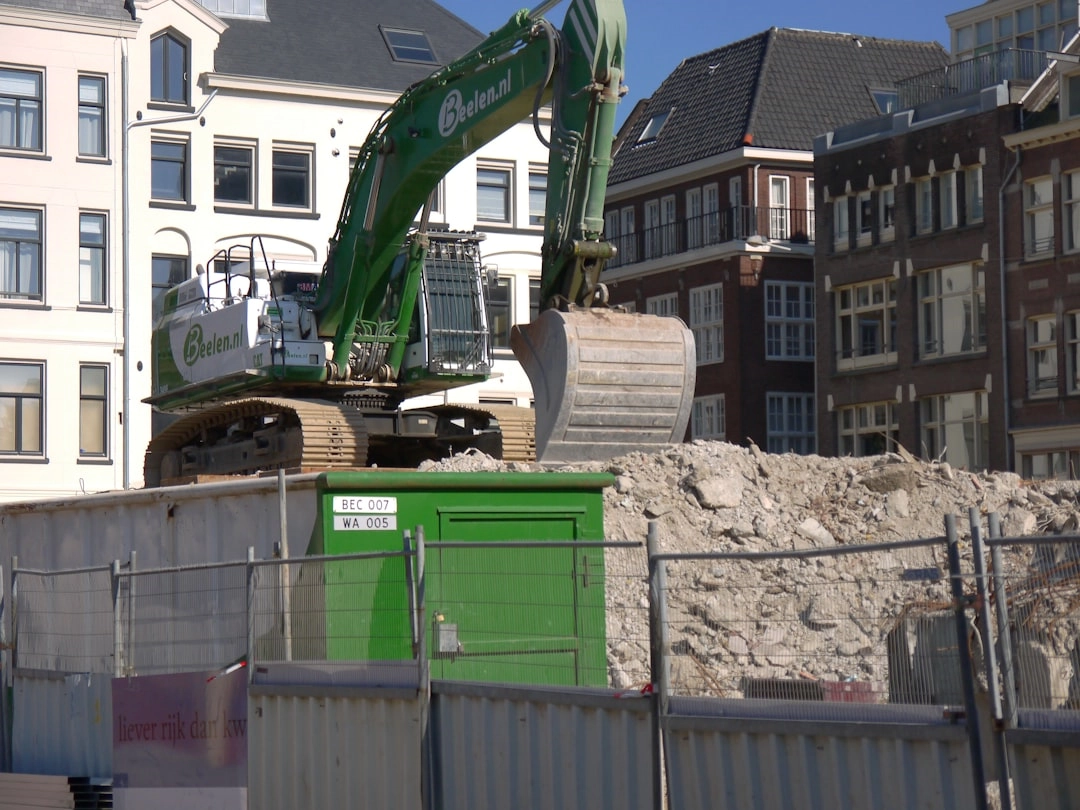
What it is:
Passive Houses: An Introduction to Energy-Efficient Homes
The concept of passive houses, also known as Passivhaus, emerged in the late 1980s as a response to the need for more energy-efficient and sustainable housing. Passive houses are designed to minimize energy consumption while ensuring a comfortable and healthy indoor environment.
Unlike traditional homes, which heavily rely on active heating and cooling systems, passive houses utilize passive design strategies to achieve optimal thermal comfort. These strategies include maximizing insulation, airtight construction, high-performance windows and doors, and balanced ventilation systems.
Real-world problems:
The Challenges and Solutions for Passive House Implementation
1. High Initial Costs
One of the main hurdles for passive house adoption is the perception of high upfront costs. While it is true that the initial investment for passive houses can be higher compared to conventional homes, it is important to consider the long-term benefits and energy savings. Energy bills are significantly reduced, leading to lower operational costs over the lifetime of the building.
2. Limited Awareness and Education
Despite increasing global interest in sustainability, many people are still unfamiliar with the concept of passive houses. Lack of awareness and educational resources can hinder the widespread adoption of these energy-efficient homes. More efforts are needed to promote the benefits of passive houses and provide accessible information and training for architects, builders, and homeowners.
3. Construction Challenges
The construction process for passive houses requires meticulous attention to detail to achieve airtightness and insulation standards. This can present challenges for builders who may be unfamiliar with the specific techniques and materials needed. Collaboration between architects, builders, and energy consultants is crucial to ensure successful implementation.
4. Adaptation to Local Climates
Passive house design must adapt to local climates to ensure optimal performance. Factors such as temperature, humidity, and solar exposure need to be carefully considered and integrated into the design process. What works in one climate may not be suitable for another, emphasizing the importance of site-specific design and expertise.
In Conclusion
While passive houses present challenges in terms of initial costs, awareness, construction techniques, and climate adaptation, their benefits far outweigh these obstacles. The energy efficiency and comfort provided by passive houses contribute to reduced environmental impact, improved indoor air quality, and long-term cost savings. With increasing global concerns about climate change and rising energy costs, passive houses offer a sustainable and viable solution for the future of housing.

Solutions to the Challenges of Passive House Implementation:
1. Addressing High Initial Costs
Despite the perception of high upfront costs, it is crucial to consider the long-term benefits and energy savings that passive houses offer. By emphasizing the potential for lower operational costs and reduced energy bills over the building’s lifetime, the financial advantages of passive houses can be effectively communicated.
2. Boosting Awareness and Education
To promote widespread adoption, efforts should be made to increase awareness and educate the public about the benefits of passive houses. This includes creating accessible information resources and providing training for architects, builders, and potential homeowners. Building certification programs, workshops, and public awareness campaigns can play a crucial role in this regard.
3. Supporting Construction Techniques
Collaboration between architects, builders, and energy consultants is essential in successfully implementing passive house construction techniques. Providing comprehensive training and resources for builders to learn about airtightness and insulation standards can help overcome construction challenges. Additionally, highlighting successful case studies and sharing best practices can inspire builders and increase their confidence in passive house construction.
4. Integrating Climate Adaptation
To ensure optimal performance, passive house design must be adapted to local climates. Sharing knowledge and expertise in climate-specific passive house design is crucial. Architects and energy consultants should collaborate to develop guidelines and design strategies that address the unique requirements of different climate zones.
In Conclusion
By addressing the challenges associated with passive house implementation through solutions such as highlighting long-term financial benefits, promoting awareness and education, supporting builders with training and resources, and integrating climate adaptation, the transition to passive houses can be facilitated. These energy-efficient homes offer a sustainable solution for reducing environmental impact, improving indoor air quality, and achieving long-term cost savings.















